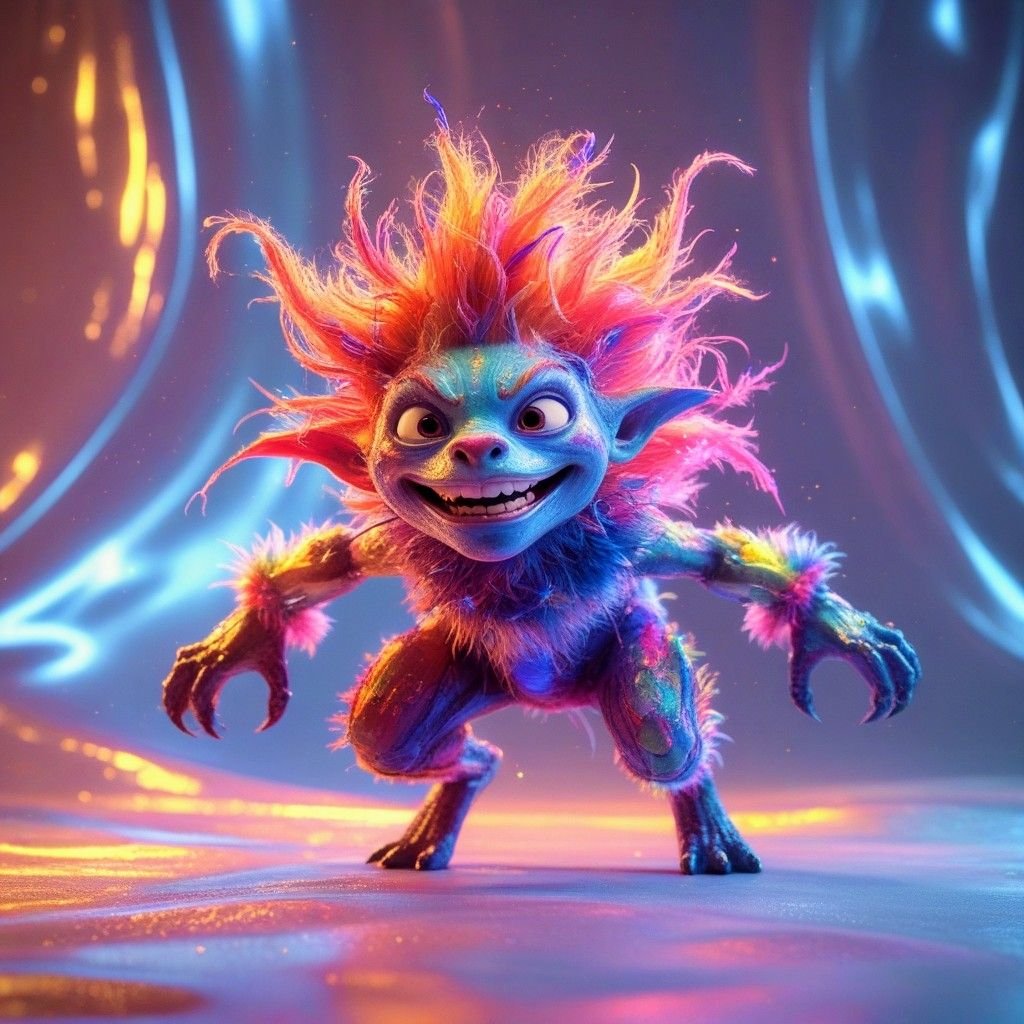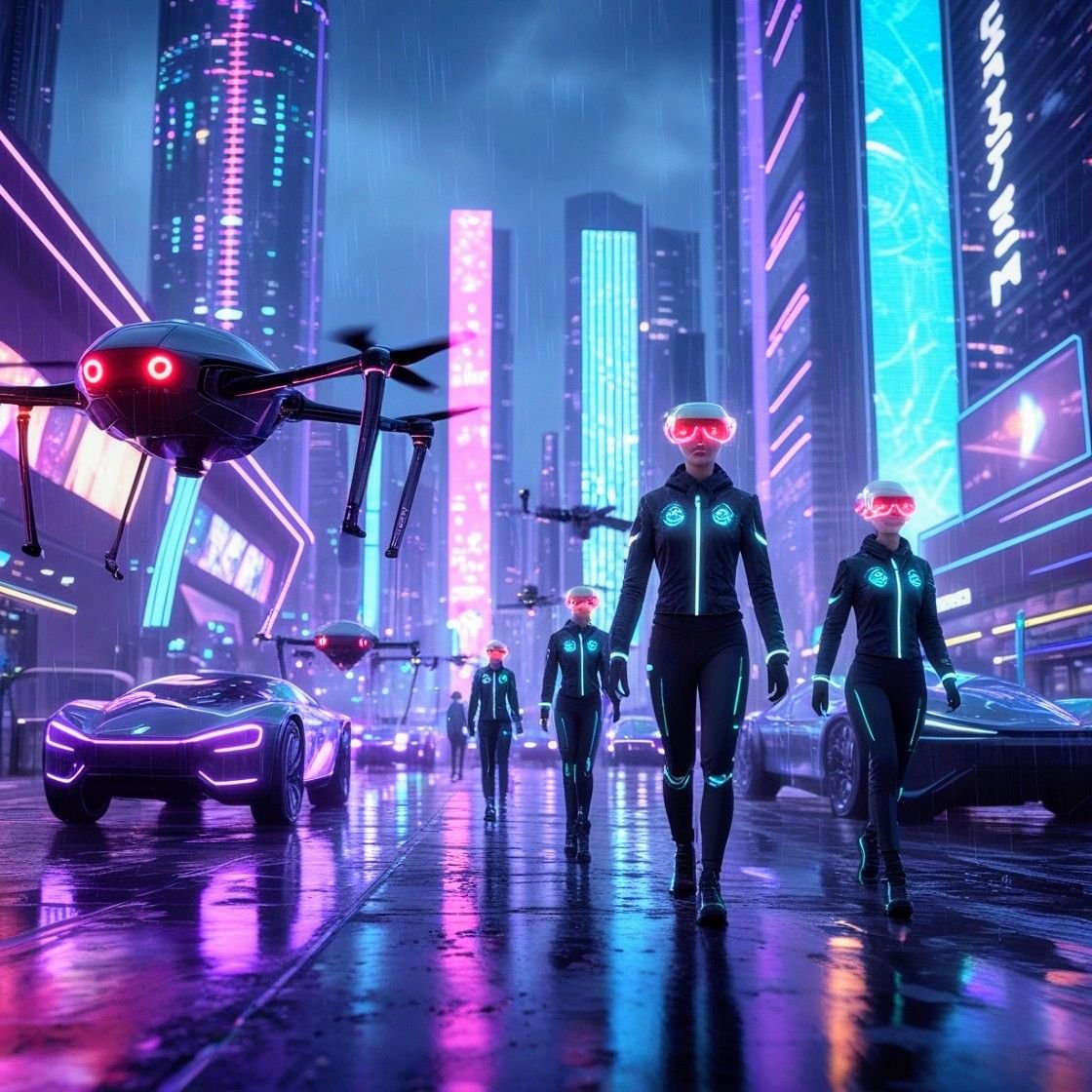AI-Generated Image. Article: Animators Laid Off & Replaced By AI by Tech Is The Culture
Animators Finding Out AI Has Replaced Them
Let’s paint a picture: You’re an animator. You’ve spent years mastering the art of squash-and-stretch, perfecting lip-sync frames, and crying over render times. Then, one day, your boss slides into your DMs with a link titled “10x Faster Animation with AI!” Suddenly, your existential crisis isn’t just about why the protagonist’s hair clips through their shoulder; it’s about whether a machine just stole your job. Is AI really getting animators laid off?
Welcome to the era where algorithms are the new Van Goghs, and animators are wondering if their next gig will involve teaching robots how to draw eyelashes. Let’s unpack how AI is redrawing the animation industry one unemployed artist at a time.
How Machines Are Animating Your Favorite Shows
AI’s infiltration into animation isn’t some dystopian plot twist. It’s more like a sneaky intern who starts by fetching coffee and ends up running the studio. Tools like Stable Diffusion and MidJourney can now generate entire scenes from text prompts, while OpenAI’s DALL-E 3 casually mimics Hayao Miyazaki’s whimsical style so well that even Studio Ghibli stans are double-taking.
Take H&M’s recent experiment with AI-generated “digital twins” of models. Instead of hiring illustrators to sketch new clothing lines, the company used AI to create hyper-realistic, customizable avatars. Cue the collective gasp from concept artists worldwide.
But it’s not just static art. Startups like Runway ML offer AI that automates in-betweening the tedious process of drawing transitional frames between key animations. What once took teams weeks now takes software minutes. One animator joked, “I used to complain about carpal tunnel. Now I’m complaining about obsolescence.”
Animators Losing Their Jobs, Lip-Sync, And Existential Dread
Let’s cut to the chase: Jobs are disappearing. In 2024, a major animation studio (name redacted to avoid lawsuits) laid off 30% of its pre-production team after integrating an AI storyboard generator. The tool analyzes scripts and auto-generates scene layouts, character poses, and even camera angles—tasks that once required armies of junior artists.
Then there’s AI voice cloning. Why hire voice actors when an algorithm can mimic Morgan Freeman’s timbre for $0.0001 per word? Projects like Dubformer, an AI dubbing startup that raised $3.6 million, are automating localization for global releases, reducing the need for linguists and vocal talent.
Even indie animators aren’t safe. Platforms like Krikey.ai let YouTubers generate custom avatars and animations using plain English. “I used to charge $500 for a 30-second explainer video,” laments a freelancer on Reddit. “Now clients just type ‘cartoon rocket launching, Pixar style’ into a chatbot and call it a day.”
The Industry Strikes Back AKA Animators VS Algorithms
But humans aren’t going down without a fight. Veteran animators are pivoting to roles as “AI whisperers” curating datasets, fine-tuning outputs, and adding that elusive human touch. “AI can’t do squash-and-stretch without making it look like a melted gummy bear,” says a lead artist at a top studio. “Yet.”
Others are unionizing. Following Hollywood’s 2023 strikes, animation guilds are demanding contracts that limit AI’s role in creative pipelines. The Animation Guild’s latest proposal includes clauses like
– No AI-trained-on-unpaid-art: Models can’t use scraped artist portfolios without compensation.
– Human veto power: Final creative decisions must involve flesh-and-blood directors.
– Reskilling funds: Studios must pay for courses like “Prompt Engineering for Dummies.”
Meanwhile, tools like Adobe’s Firefly now include ethical safeguards, like watermarking AI-generated content and blocking prompts that mimic living artists’ styles. Too little, too late? Maybe. But it’s a start.
The Uncanny Valley Of Creativity
AI’s biggest weakness? It’s about as emotionally nuanced as a stapler. While algorithms excel at replicating styles, they struggle with originality. For every viral AI-generated “SpongeBob in the style of Wes Anderson” short, there are a thousand Frankensteined abominations that look like a toddler ate a box of crayons and hallucinated a plot.
As one art director quipped, “AI can animate a dragon, but it can’t make you care if the dragon learns to love.” Emotional storytelling, the heart of animation, still requires human intuition. For now.
That said, AI is learning fast. Google’s Gemma 3 models now handle multi-modal tasks, blending text, image, and even emotional analysis to suggest character expressions. Think of it as a robotic script doctor that whispers, “Maybe the protagonist should smirk here? Just a thought!”
The Silver Lining Maybe Using AI As A Collaborator, Not A Replacement
Not all hope is lost. Many studios are treating AI as a turbocharged intern rather than a replacement. For example:
– Background Art: AI tools like MidJourney quickly generate lush environments, freeing artists to focus on character close-ups.
– Roto-Scoping: Tedious tasks like tracing live-action footage are being automated, sparing animators from soul-crushing busywork.
– Prototyping: Pitch a show faster by generating concept art in minutes instead of weeks.
“AI is my over-caffeinated assistant,” admits a storyboard artist. “It does the grunt work so I can spend time on the scenes that actually matter.”
Even Hayao Miyazaki, who once called AI animation “an insult to life itself,” might grudgingly approve. After all, Studio Ghibli’s latest short used AI to simulate wind patterns in a meadow scene, saving 200+ hours of manual labor.
Who Owns Robot-Made Art? (Ethical Quicksand)
Here’s where things get stickier than a spilled smoothie in the render farm. If an AI generates a character based on 10,000 stolen DeviantArt sketches, who owns the copyright? The programmer? The user? The artists who were unknowingly scraped?
Courts are still scratching their heads. A recent ruling in the EU declared AI-generated art ineligible for copyright, calling it “the machine’s output, not a human’s.” Meanwhile, the U.S. Copyright Office is flip-flopping like a Magikarp, approving some AI-assisted works while rejecting others.
And let’s not forget bias. AI models trained on Western animation often botch diverse cultural styles. A viral TikTok showed an AI trying to animate a traditional Indian dance, resulting in a four-armed horror that looked like Shiva cosplaying as Spider-Man. “It’s not malicious,” shrugs a developer. “Just… really, really bad data.”
In The Future Will Humans Even Be In The Loop?
Predicting AI’s endgame is like trying to storyboard Inception 2. Optimists believe humans will remain the “creative CEOs,” steering AI tools while focusing on big-picture storytelling. Pessimists see a future where studios fire everyone except the CEO and a Roomba with a GPU.
The truth? It’s somewhere in between. As NVIDIA’s AI-powered Optimus robots start dabbling in 3D modeling, even tech leaders admit, “AI lacks the lived experience to infuse art with meaning. For now, the soul is still human.”
Still Life With Robot
So, are animators doomed? Not exactly, but the job description is evolving faster than a Pokémon. The artists thriving today are those treating AI like a deranged but brilliant collaborator: leveraging its speed while compensating for its creative blind spots.
As one animator turned AI trainer put it, “I used to draw 12 frames per second. Now I debug 12 error messages per second. Progress?”
Whether that’s a tragedy or a comedy depends on your perspective and whether your next paycheck comes from a studio or a Silicon Valley startup.
Got strong feelings about robot Picassos? Us too. But for now, let’s just celebrate the animators, human and digital, still figuring out how to make a cartoon cat look sad without uncanny valley vibes.
Let us know your thoughts on the subject at techistheculture.bsky.social. Keep ahead of the game with our newsletter & the latest tech news.
Disclaimer: This article contains some AI-generated content that may include inaccuracies. Learn more [here].



